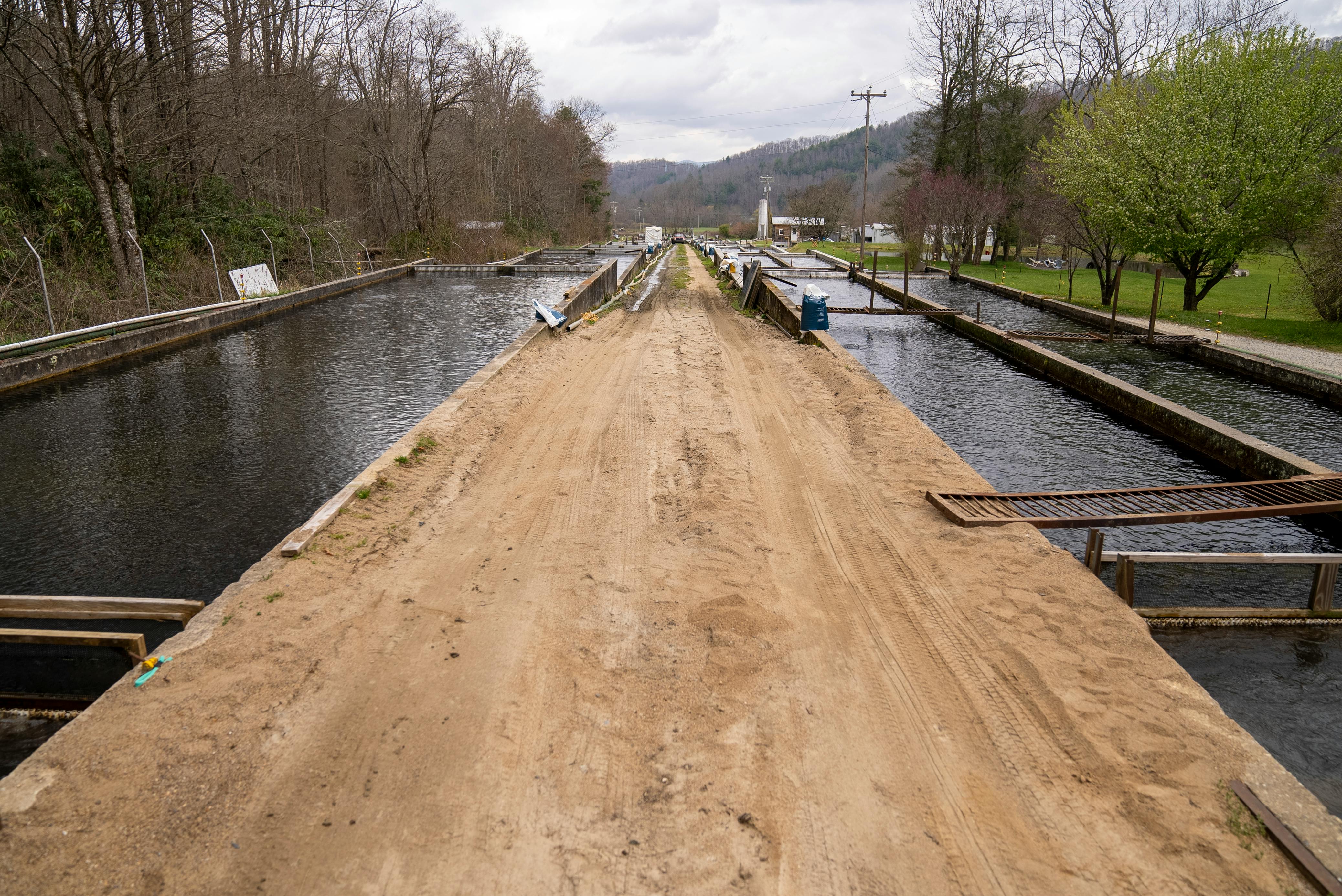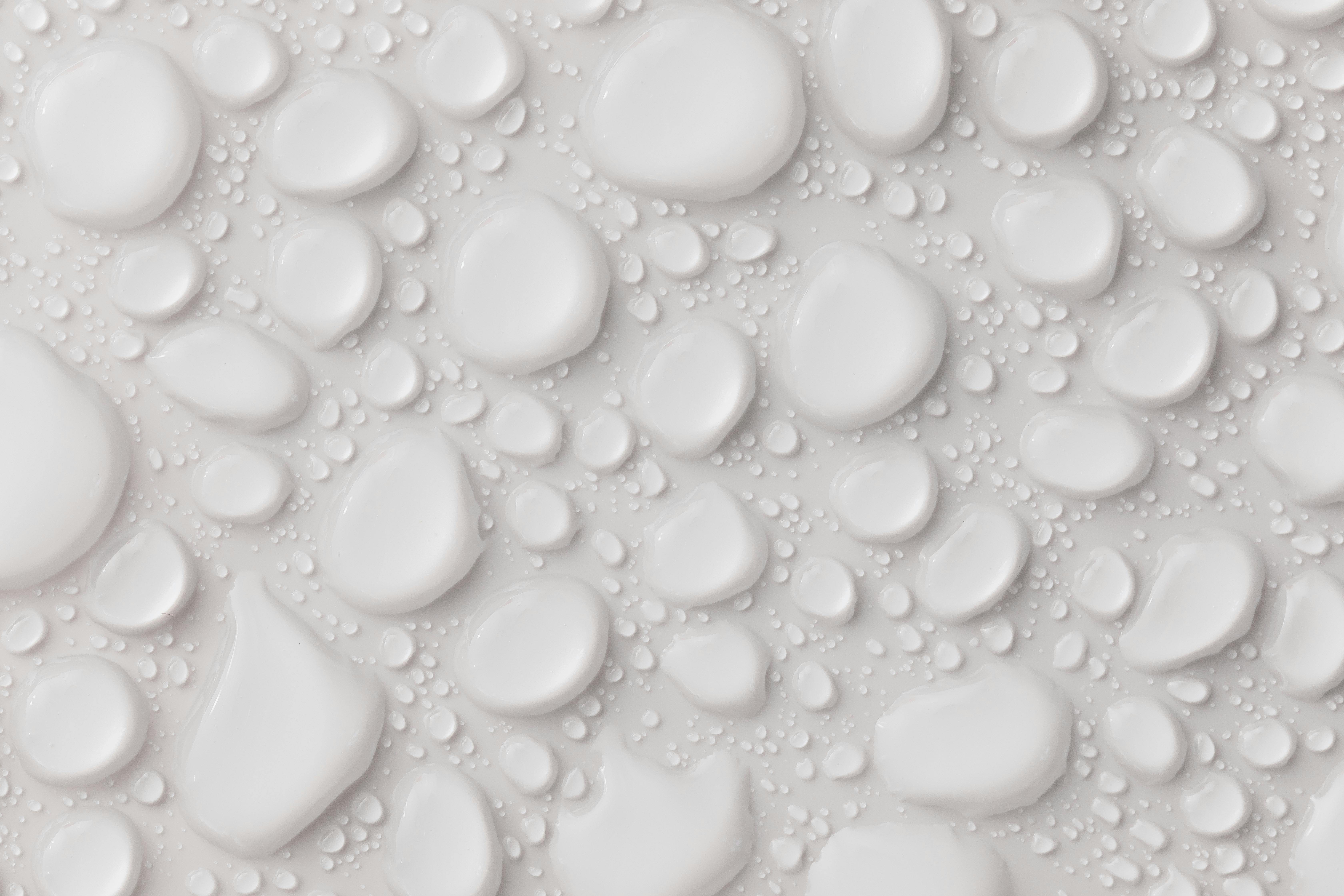Distilled and deionized water are two forms of purified water that are both commonly used for applications ranging from drinking to industrial processes. Both forms of water have been purified through a process of removing contaminants, such as salts, metals, and other minerals. However, the two types of water differ in the processes used to purify them and the level of purity achieved. Understanding the differences between distilled and deionized water is essential for determining which type is suitable for a particular application.Distilled water is water that has been boiled into vapor and then condensed back into liquid form. The boiling removes impurities and minerals from the water, making it purer than regular tap or spring water. It is used for medical purposes, such as in hospitals, to make infant formula and for drinking water if the local tap water is not considered safe.
What is Deionized Water?
Deionized water, also known as demineralized water, is water that has had its mineral ions removed, such as cations from sodium, calcium, iron, copper and anions such as chloride and sulfate. This process is commonly achieved by passing the water through a resin that will exchange the mineral ions for hydrogen and hydroxide ions. Deionized water has many applications in science and industry because of its low levels of dissolved minerals.
Deionized water can be used in many laboratory experiments in which a controlled environment is needed. It is often used in biochemical research and medical laboratories to prevent contaminants from interfering with results. Deionized water can also be used to clean surfaces and equipment in laboratories or industries where sterility is important. Additionally, deionized water can be used as a solvent when making solutions of various chemicals for experiments or industrial processes.
The process of deionizing water involves passing it through an ion-exchange resin that replaces unwanted ions with hydrogen or hydroxide ions. The resins are usually made of polystyrene beads that have either positive
Distilled Water
Distilled water is water that has been boiled and condensed back into a liquid. The process of distillation removes any impurities, chemicals, or minerals in the water that may cause it to be unhealthy for consumption. As a result, distilled water is considered to be pure and safe for drinking. It is also a popular choice for use in medical treatments and laboratory experiments due to its lack of contaminants.
Deionized Water
Deionized water is also known as demineralized water and is created using a process called ion exchange. This process uses resins that are specifically designed to attract and bind with any ions found in the water such as calcium, magnesium, sodium, etc. The result of this process is pure, deionized water which has had all its ions removed making it safe for consumption and other uses such as industrial cleaning or laboratory experiments.
Properties of Distilled Water and Deionized Water
Distilled water and deionized water have many similarities in terms of their properties. Both types of water are free of contaminants and impurities, meaning they are both safe for drinking or other uses. Distilled and deionized water are also both considered to be chemically pure, with no ionic or non-ionic materials present. This means that they can be used in a variety of industrial applications, such as for cooling systems or as a reagent in laboratory experiments.
However, there are some differences between distilled water and deionized water. Distilled water is made by boiling the source water until it reaches its boiling point, which removes any contaminants or impurities present in the source material. Deionized water, on the other hand, is made by passing the source material through an ion exchange resin that removes any ions present in the material. This results in a much higher quality of purified water than can be achieved with distillation alone.
The main advantage of using deionized water over distilled is its higher purity level. Since deionized water
Distilled Water
Distilled water is produced through a process of distillation. This process involves boiling water and then condensing the vapor that is created into a separate container, leaving behind the impurities. In this method, the water is boiled until it reaches its boiling point and then vaporizes. The steam is directed into a condenser, which cools it down and turns it back into liquid form. The condensed liquid is collected in a separate container from the original water source and this resulting liquid is distilled water. It is free of any impurities or contaminants that may have been present in the original source of water.
Deionized Water
Deionized water, also known as demineralized water, is produced through a process called deionization. This process involves passing the source water through an ion exchange resin which removes charged ions from the solution. This results in purified water that has had most of its mineral content removed. The resin used to deionize the source water can be regenerated and reused for multiple cycles of purification so it can be cost effective for larger scale production of

Cost of Distilled Water and Deionized Water
The cost of distilled water and deionized water varies depending on the amount purchased. Generally, distilled water is less expensive than deionized water since it is easier to produce. The cost of a gallon of distilled water can range from $0.10 to $1.00, depending on the source and quality of the product. Deionized water, on the other hand, typically costs between $2.00 and $6.00 per gallon due to its more intricate production process. If you are purchasing large quantities of either type of water, you may be able to negotiate a lower price with the supplier.
When purchasing either type of water, it’s important to make sure that it meets your standards for quality and purity. Some suppliers may offer lower priced products that are not as pure as those sold by other suppliers at a higher cost. It’s important to compare prices from several different suppliers before making a purchase decision to ensure that you’re getting the best value for your money.
In addition, if you plan on using either type of water for a particular purpose, you
Distilled Water
Distilled water is created through a process of distillation, where water is boiled and the resulting steam is collected in a separate container. The steam is then cooled and condensed back into liquid form, creating pure, clean water that is free from most contaminants. Distilled water can be used for many applications, including drinking, cooking, cleaning, medical treatments and industrial processes.
One of the main uses of distilled water is for drinking purposes. Because it has been purified through distillation, it does not contain any minerals or other impurities that could be present in untreated tap water. This makes it a safe option for people with certain health conditions or who are sensitive to certain contaminants found in regular tap water.
Distilled water can also be used in medical treatments and industrial processes that require pure, contaminant-free water. For example, it can be used to prepare solutions for intravenous treatments or to mix with medications and other substances in laboratories. Distilled water is also commonly used as a coolant for some types of machinery and equipment.
Deionized Water
Distilled Water
Distilled water is the purest form of water, meaning it has been boiled and evaporated to remove impurities. While this makes it safe to drink, it can also be hazardous when used in certain applications. For example, distilled water can cause corrosion in plumbing systems due to its low mineral content. It can also corrode metal surfaces and damage rubber gaskets. In addition, if used in an automobile cooling system, distilled water may not contain enough minerals to protect the engine from rust and corrosion.
Deionized Water
Deionized water is a form of purified water that has had all of its ions removed through a process called ion exchange. While this makes it safe for drinking, it can also be hazardous when used for certain applications. For example, deionized water may be corrosive to metal surfaces and rubber gaskets due to its lack of minerals. In addition, deionized water may not contain enough minerals to protect an automobile cooling system from rust and corrosion if used in this application.

Conclusion
Distilled and deionized water are two types of purified water that have been processed to remove impurities. Distilled water is created by boiling water and collecting the steam that results from the process. Deionized water is created by passing a current through a bed of resin beads, which removes all of the dissolved ions that are present in the water.
Both types of water can be used for many applications, including laboratory experiments, car batteries, and fish tanks. The main difference between them is that distilled water contains no minerals, while deionized water contains trace amounts of minerals. Distilled water is generally preferred for applications where an absolutely pure form of H2O is required, while deionized water is often preferred for applications where only a slight reduction in mineral content is necessary.
Overall, both distilled and deionized water can be used for many purposes depending on individual needs. Both types of purified waters can provide clean H2O with few impurities present.

